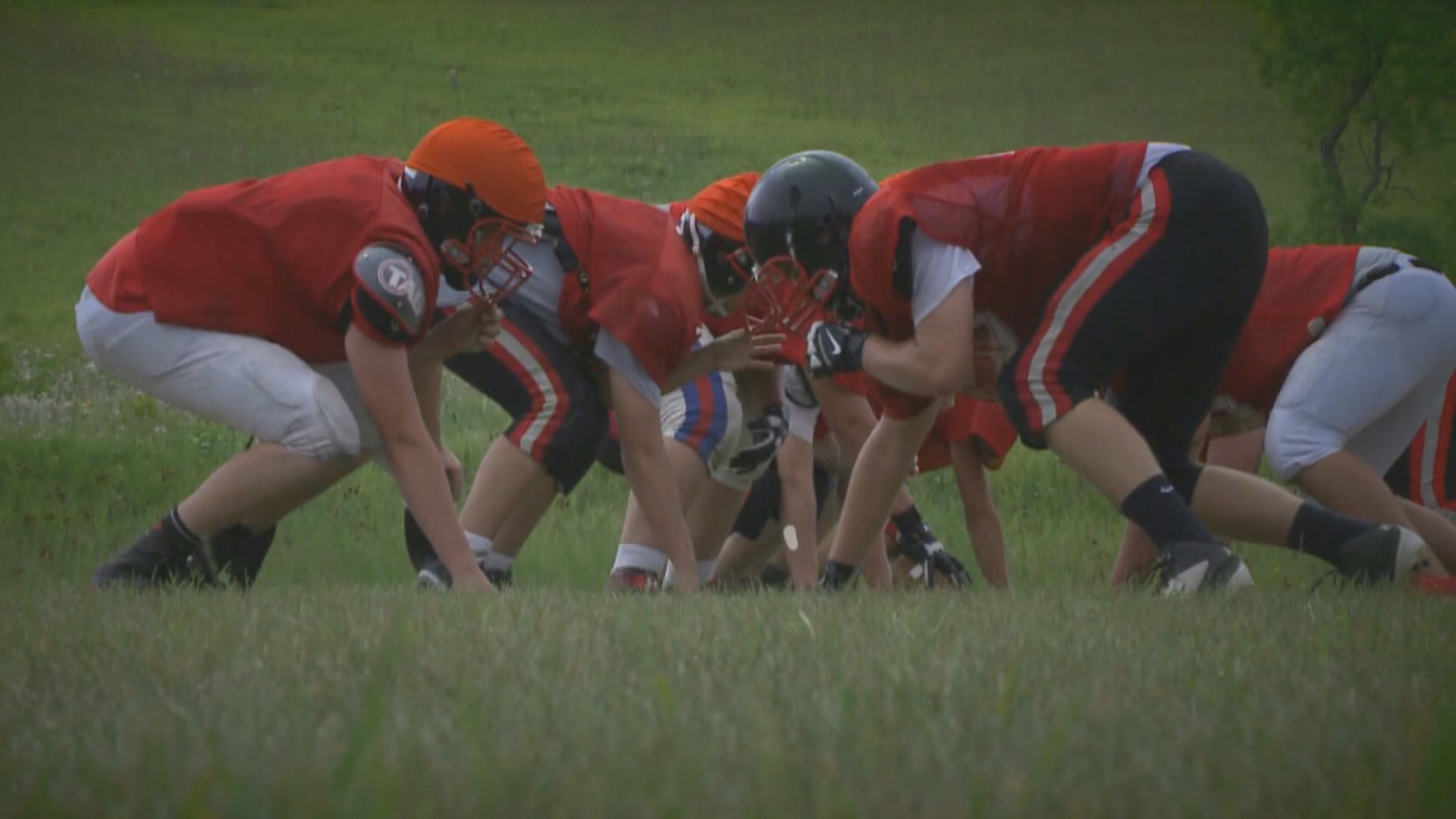MINNEAPOLIS — Are we seeing fewer concussions in football? You'd think there would be an easy answer. Turns out, the data that would help us answer that question might not even exist in some cases.
KARE 11 reached out to the Minnesota Department of Health, which once did have a team tracking concussions in high school sports, but according to the head researcher, due to a lack of funding, they stopped.
And to this researcher’s knowledge, no one else in Minnesota is currently keeping track of those numbers.
Plus, the numbers we do have, nationally, only tell part of the story.
Dr. Chris Nowinski is the CEO of the Concussion Legacy Foundation.
He says the number of concussions started to go up around 2007 when medical experts started focusing more attention on concussions in sports.
Those numbers peaked around 2014, and have been slowly going down ever since, but with only a few years’ worth of data, it’s hard to draw conclusions based on the data alone.
“Watching the game, and looking into the injuries, our eyes don’t deceive us, right? There are fewer of those ugly hits that we used to see all the time,” Dr. Nowinski says. “We have changed how we play high school football by quite a bit.”
Dr. Nowinski’s passion is educating others about concussions in sports.
He was a standout college football player at Harvard and wrestled professionally in the WWE until concussions ended his career.
"Since then, I've been trying to raise awareness of the risks and change sports so that other people don't have to go through what I went through,” Nowinski says.
When it comes to high school football, Nowinski says coaches and medical experts have made a lot of great progress in recent years and we are now seeing fewer concussions in high school football.
"One of the most important factors to reducing concussions has been changing how we practice the game. We've been changing the way we tackle. We've been changing the rules of the game so that you can't lead with your head, you can't hit defenseless players,” Nowinski says.
Dr. Brionn Tonkin at the University of Minnesota agrees.
"The numbers are trending down,” Dr. Tonkin says.
He works in the department of rehabilitation medicine at the U of M and also works with high school football players at Burnsville High school.
“I do the concussion evaluations during the home games and thinking back to the games that I covered this year, I did not do a single concussion evaluation at any of the home games and I don’t recall my colleagues doing any more than one or two,” Dr. Tonkin explains.
In previous years Dr. Tonkin says he and his team might have done as many as a dozen concussion evaluations in one season.
"That's certainly more than just the few that we're seeing now," Dr. Tonkin says.
Data from the CDC shows concussions may actually be going down in all high school sports, with emergency room visits down 32% from 2012 to 2018 with teenagers who received head injuries while playing sports.
"Unfortunately we are not seeing fewer concussions in every level of football,” Dr. Nowinski says.
"College football generally refuses to change how they practice. A study came out earlier this year stating that still 70% of concussions happen in practice. So, college football is way out of line with the rest of football."
And Nowinski says the NFL has had mixed results.
But with high school, he says we are making great progress.
"We still have to be vigilant about educating players to report, educating players to report concussions in their teammates,” Nowinski says.
"Just because numbers are going down, it doesn't mean that we're still not missing more than half of concussions."

